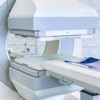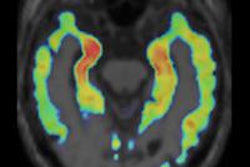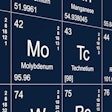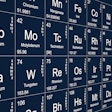A SPECT/CT study can help interventionalists determine the most appropriate treatment protocol for low back pain, according to research presented at the Society of Nuclear Medicine and Molecular Imaging (SNMMI) meeting.
A team of researchers from Sanjay Gandhi Institute of Medical Sciences in Lucknow, India, found that nearly triple the number of patients achieved 70% to 100% pain relief after being managed following a SPECT/CT study than those who were not imaged before intervention. The exam also changed clinical diagnosis in more than half of patients.
Seeking to compare the differences in pain relief following clinical pain management, the researchers studied 80 adults between 20 and 80 years of age in a randomized, double-blind trial. One group of patients received conventional bone scans with the addition of SPECT/CT, while a control group received no imaging prior to intervention.
The researchers found that patients with 50% improvement in pain were much more likely to be in the bone scan group. Furthermore, 28 of the 40 patients reported 70% to 100% pain relief, compared with only 10 of 40 subjects in the control group. In addition, clinical diagnosis was altered for 23 of 40 patients in the bone scan group and three new conditions were identified as a result of the bone scan.
In a statement, co-author Dr. Suruchi Jain said the study's findings suggest that incorporating a bone scan with SPECT/CT in the workup of low-backache patients could lead to more widespread use of this procedure in the future, thanks to its ability to increase the confidence level of pain-treating physicians prior to interventions.




















